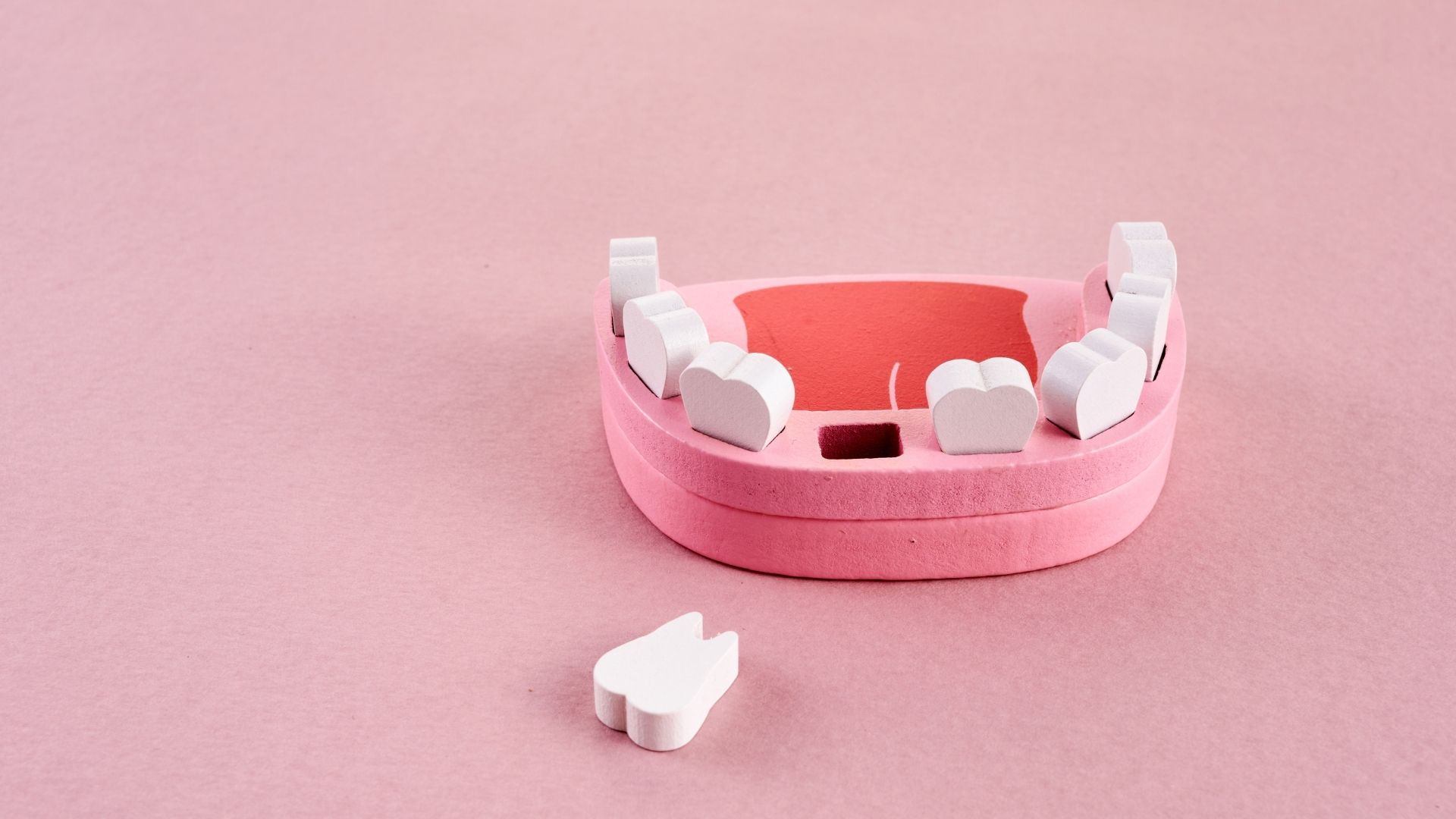Why Are My Teeth Loose? What You Need to Know—and Do—About Tooth Mobility
Can you remember the childhood thrill of wiggling a loose tooth, knowing the tooth fairy was on the way? In adulthood, however, loose teeth signal something very different—and far more serious. If you’re experiencing a wiggly or mobile tooth, it’s crucial to see your dentist or periodontist (gum specialist) right away. Tooth mobility is often a red flag for underlying oral health issues that, if left untreated, can lead to tooth loss.
At Naper Perio, we specialize in diagnosing and treating the causes of loose teeth and offering customized treatment plans to help preserve your smile. Let’s take a closer look at why adult teeth become loose and what your treatment options may be.
What Keeps Teeth in Place?
Contrary to popular belief, teeth aren’t rigidly locked into the jawbone. They’re held in place by a network of connective fibers called the periodontal ligament, which acts like a suspension system between the tooth root and surrounding bone. This flexible attachment allows tiny, normal movements during chewing or speaking. But when this ligament is damaged—or the bone it connects to deteriorates—teeth can become visibly loose.
Common Causes of Loose Teeth in Adults
1. Gum Disease: The Silent Threat
Gum (periodontal) disease is one of the most common reasons adults experience tooth mobility. It begins when plaque—a sticky film of bacteria—isn’t effectively removed through brushing and flossing. Over time, bacteria in the plaque inflame and damage gum tissues. In more advanced cases, the bone that supports your teeth begins to shrink away. Eventually, the periodontal ligament weakens, leaving your tooth unsupported and at risk of falling out.
Signs of gum disease include:
- Red, swollen, or bleeding gums
- Bad breath
- Gum recession
- Loose or shifting teeth
Treatment options at Naper Perio may include:
- Deep cleaning (scaling and root planing)
- Antibiotic therapy
- Surgical procedures to clean and regenerate tissue and bone
- Tooth splinting for temporary stabilization
2. Trauma and Everyday Stress
Tooth trauma doesn’t always mean a major injury. It can happen gradually—day after day—from things like:
- An uneven bite
- Clenching or grinding your teeth (bruxism)
- Poorly placed dental restorations (e.g., “high” fillings)
Even one tooth slightly out of alignment can bear too much pressure and become loose over time. Sometimes, a simple bite adjustment or smoothing of the tooth can allow it to stabilize and heal.
3. DIY Orthodontics and Mail-Order Aligners
One alarming trend we’ve seen is patients attempting to straighten their teeth with mail-order clear aligners—without first being evaluated by a dental professional. Many of these individuals unknowingly have underlying periodontal disease, which is made worse by tooth movement.
Orthodontic treatment without periodontal health is a recipe for disaster, potentially accelerating bone loss and worsening mobility. Always consult a qualified provider before starting any tooth movement.
4. Oral Jewelry and Other Risky Habits
Oral piercings—especially tongue studs—may seem trendy, but they can wreak havoc on your dental health. Repeated clicking of the jewelry against teeth causes trauma, inflammation, and bone loss behind the front teeth. Once damage occurs, it’s often irreversible.
5. Your Gum Tissue Type Matters
Some patients naturally have more of a thinner, less protective type of gum tissue called alveolar mucosa, rather than the tougher gingiva. This makes them more prone to gum recession and inflammation. If you fall into this category, regular periodontal care is even more essential.
Should You Save or Replace a Loose Tooth?
When a tooth is loose, you may find yourself at a fork in the road: do you attempt to save it, or replace it with something like a dental implant?
Saving the tooth may involve:
- Bone or gum grafts
- Bite adjustments
- Long-term periodontal maintenance
Replacing the tooth often means:
- Extraction and dental implant placement
- A more predictable and long-lasting outcome—especially in severe cases
At Naper Perio, we’re advocates for preserving natural teeth whenever possible. But your individual case, budget, and long-term goals will all factor into the best decision. Either way, the key to success is early intervention and ongoing maintenance.
The Bottom Line: Don’t Wait
If you’ve noticed any movement in your teeth, don’t ignore it or hope it will go away. Prompt diagnosis and treatment are essential to preserving your oral health and avoiding tooth loss.
At Naper Perio, our board-certified periodontist, Dr. Eskan, uses the latest diagnostic and regenerative technologies to help patients keep their smiles strong and secure—for life.
Contact us today to schedule a consultation. Whether your goal is to save a loose tooth or explore dental implant options, we’re here to help you make an informed, confident decision about your oral health.



